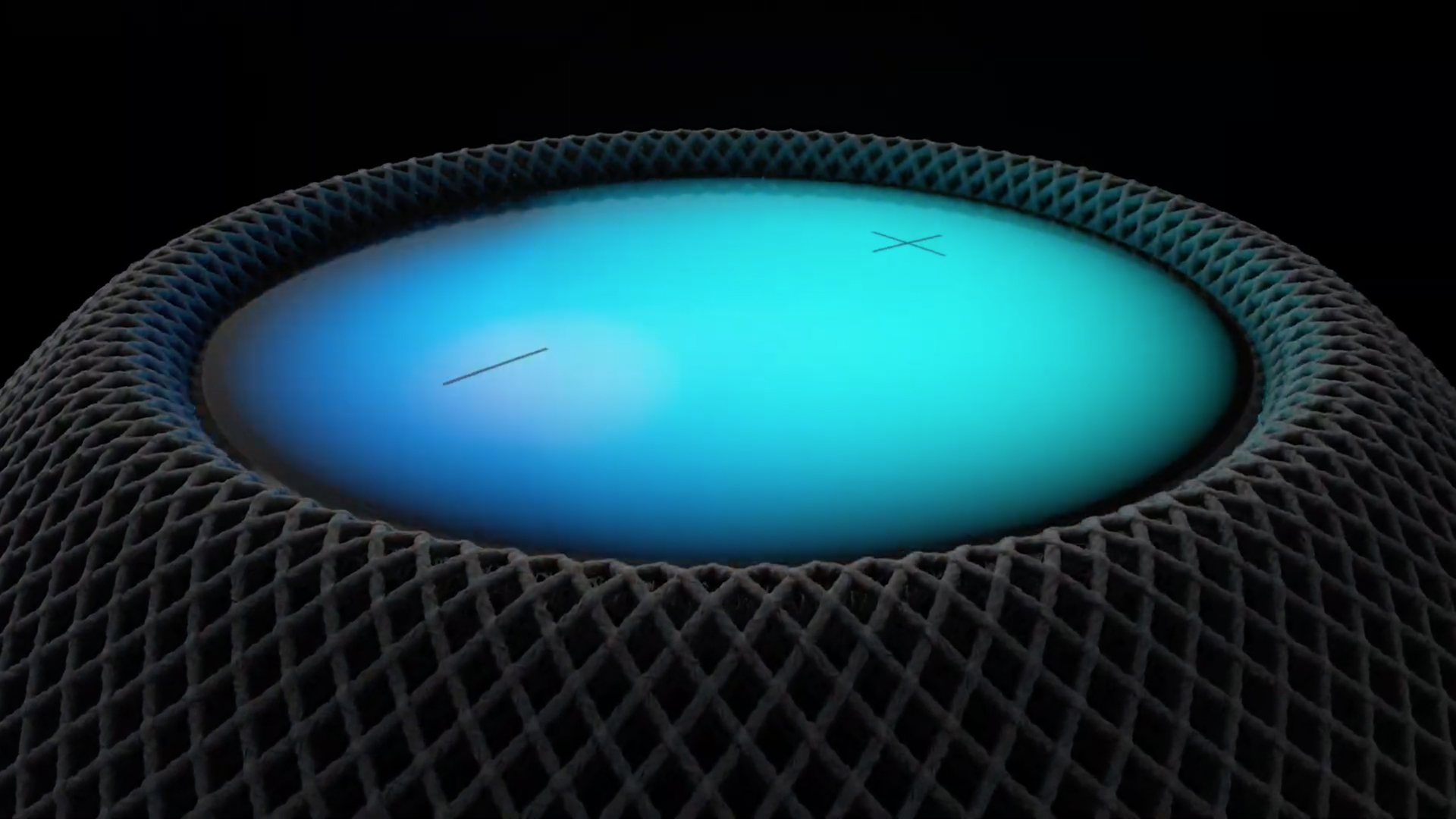Affiliate links on Android Authority may earn us a commission. Learn more.
How to reset a HomePod or HomePod mini
Published onOctober 10, 2022
While resetting an Apple HomePod should be a last resort, it can sometimes solve chronic problems, and it’s absolutely necessary if you’re planning to sell your speaker or give it away. Here’s how to reset a HomePod or HomePod mini using three different methods.
QUICK ANSWER
To perform a hardware reset for a HomePod, unplug your speaker for 10 seconds, then plug it back in. Wait another 10 seconds, then hold your finger on the top of the HomePod. Keep holding after the spinning light turns red, and Siri warns you about a reset — lift your finger only after you've heard three beeps. Finally, remove your HomePod from the Apple Home app.
JUMP TO KEY SECTIONS
How to reset your HomePod directly

If you want a method that works without a secondary device, every HomePod has a factory reset command baked into its firmware.
- Unplug your HomePod for 10 seconds, then plug it back in.
- Wait another 10 seconds, then hold your finger on the top of the HomePod. Don’t move it.
- Wait as the white spinning light turns red, and Siri warns that a reset is about to happen. Keep your finger on the HomePod.
- Listen for three beeps. Once they’re finished, lift your finger.
- Remove your HomePod from the Apple Home app using the steps below. Technically your HomePod is already reset, but to prevent errors (not to mention confusion), it needs to be removed from HomeKit.
How to reset your HomePod with an iPhone or iPad
This is probably the ideal approach, since it cuts straight to the chase. Whether you use an iPhone or an iPad, make sure your device is signed into the same Apple ID to which the HomePod is linked. In iOS 16:
- Open the Apple Home app.
- Tap on the HomePod’s tile.
- Scroll to the bottom of the window that appears, and select Reset HomePod.
- Hit Reset to complete the process.
How to reset your HomePod with a Mac or PC
The first two methods are preferable unless your computer is very close by, but hey — sometimes that’s true. If you’ve got a Mac or Windows PC, all you need is a USB-C cable and/or iTunes:
- Connect the HomePod to your computer using a USB-C data cable. The one that came with the speaker is best.
- On a Mac, open Finder, then select your HomePod when it appears under Locations. Click Restore HomePod.
- On a Windows PC, open iTunes. Select your HomePod when it’s detected, then click Restore HomePod.
You’ll see a notification on your computer when the reset is complete.
Frequently asked questions
As mentioned, a reset is mandatory if you’re selling a HomePod or giving it away, since it’ll otherwise be linked to your Apple ID. If you’re just troubleshooting, there are a few steps you can try beforehand.
If your HomePod is dropping out or showing a “no response” error in Apple Home, make sure your Wi-Fi signal is strong, and that your router isn’t overloaded with connections — the risk being higher if you’re using a router with Wi-Fi 5 (802.11ac). Wi-Fi 6 is much better at juggling dozens of devices. You may also want to use separate network IDs (SSIDs) for the 2.4 and 5GHz bands, and assign all of your smart home accessories to the former, since unified SSIDs can sometimes confuse hardware. You should choose 2.4GHz because while 5GHz is faster, it’s rare among smart home accessories and sacrifices range.
You may need extenders or a mesh router to improve signal strength, but before you go shopping, make sure both your HomePod and router are sitting in the open. Hiding them behind objects or inside cabinets and closets can limit range, if not block signal entirely.
Test if problems are related to a specific audio source. If Spotify isn’t streaming via AirPlay, for example, it could be that Spotify or your AirPlay device is having trouble, not the HomePod. If you can’t get podcasts, local files, or Apple Music to play, then you know there’s a widespread issue.
Lastly, try unplugging your HomePod, waiting at least 10 seconds, then plugging it back in again. This sort of reboot preserves settings. If you still have access to your HomePod in the Home app, you can alternately tap its tile, scroll down, and select Restart HomePod.
You should be able to so long as you can control your HomePod in the Apple Home app. Try to avoid this though, because you won’t be able to check if the HomePod resets correctly, or re-add the device.
Read more: The best Siri commands for all situations